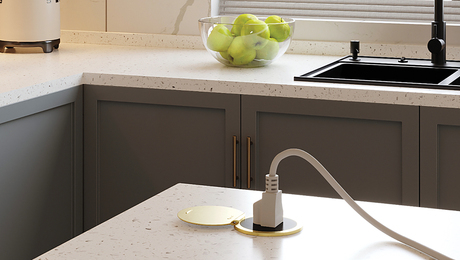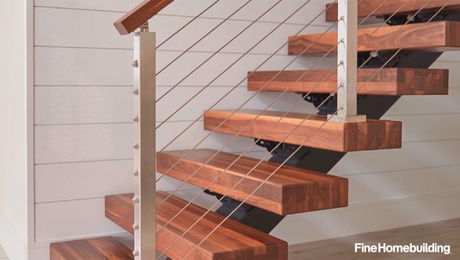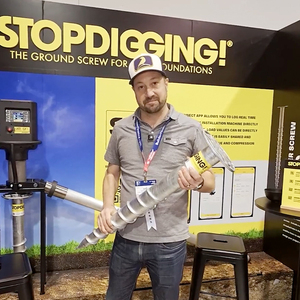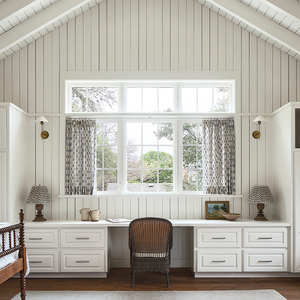Problems with new travertine floor
I am not a flooring installer, but I thought I could handle this. We have a small kitchen where we wanted to put some large (18″ x 18″) travertine tiles. I screwed down 1/4″ thick tile backer board and put down thinset with a 1/4″ x 1/4″ notch pattern. I now know the floor was not flat enough for that large a tile. Some of them would rock as I was laying them down. I figured they would stop when the thinset dried. Well, some of them will still move a small amount (1/16″) up and down at one corner. I was thinking of injecting cyano-acrylate into the grout joint (1/16″ wide) to stop that. Anyone have a better idea? Also, some of them are slightly higher than their neighbors so there is a lip. Again no more than 1/16″ but it is annoying. I have read about taking a belt sander with carbide belts and grinding the surface down to fare the high piece to the low piece. I also saw where someone used a disc grinder. I would think matching the sheen of the unsanded tiles might be difficult.



















Replies
Not enough thinset. You should remove any tiles that are rocking and reset them. Grinding the surface to try to remove lippage will lead you into a world of hurt and suffering. Did you check the deflection of your floor before setting stone tile?
Dave was quicker and more to the point.
The addage goes, the larger the tile, the better your subfloor had better be. And you didn't mention a thing about the subfloor. Joist span, plywood thickness, any membranes, etc., are all relative and increasingly important as you increase the size of floor tile.
To provide any accurate suggestions, we would need to know what's below the tile.
And if you have tile movement AFTER setting them, then you need to pull it up and reset it.
Part of the problem might lie in your choice of trowel. For such a large tile, I would have used a 1/2" notch to get more t-set under the tile. The larger the tile, the less chance of bedding the tile adequately in the thinset due to the large surface area and increased pressure required to 'mash' down the rows of t-set to adequately cover the underside of the tile (should be covered ~90%)
And the larger notch would have provided more t-set to bridge some of those floor irregularities, though they should have been addressed prior to setting tile to ensure adequate tile support.
1/4" notches are not adequate for 18" tiles, as evidenced by "rocking" tiles noticed during installation.
start over
Take it all up, down to the subfloor.
Set the tile baker board in thinset with your 14" nothch and srew it down.
Then get a minimum 3/8" square notch trowel to set with and learn about back daubbing
or
just leave it and hire a pro in a year or two when you get ired of it breaking up on you
What Piffin said. and 'back-buttering'